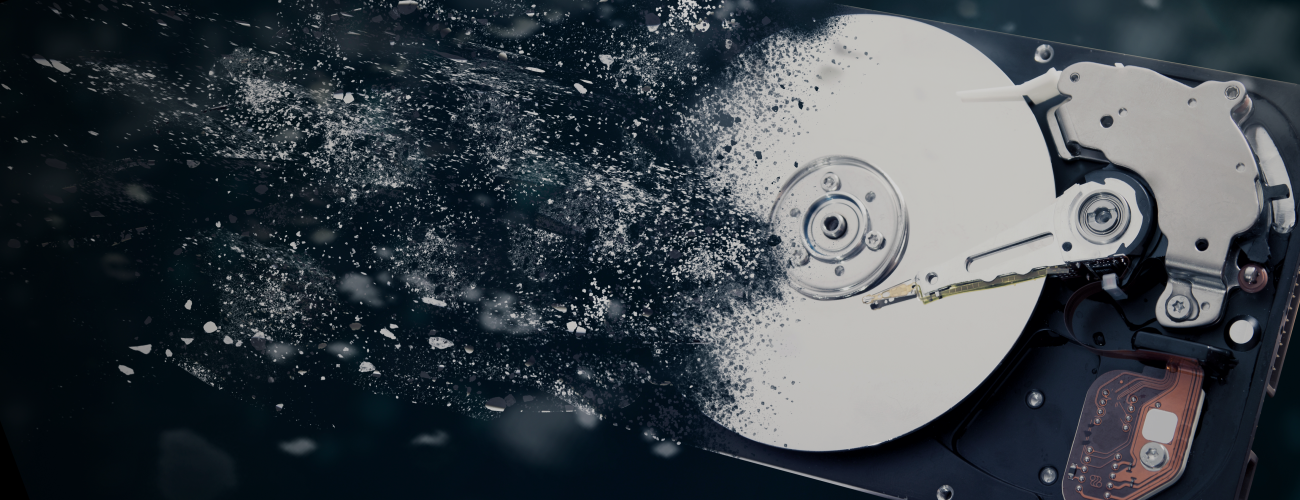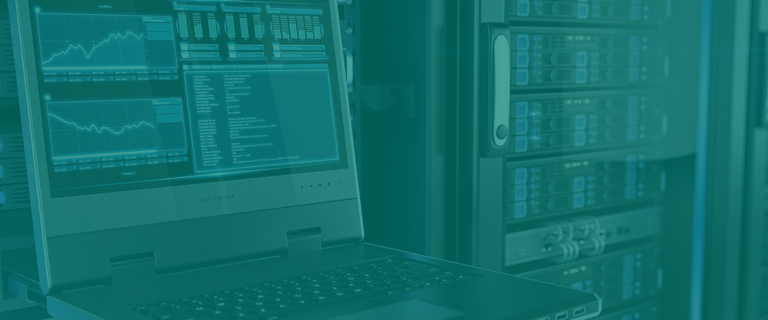
Processors, memory, and disk are the three pillars of IBM POWER hardware performance. When configuring your system for improved performance, these are the key elements you need to review. Specifically, your disk drives impact how quickly users can access data; they can also affect the length of your backup jobs.
IBM i has always been about delivering performance, availability, and reliability for the users. It excels at handling I/O intensive workloads, where 1,000’s of transactions can be processed in an hour or less. But the biggest user performance issue is always disk latency, the time delay between when a user requests data and when that data is returned. While seasoned i users are used to processing data using disk arms and spinning platters on hard disk drives (HDD’s), the introduction of Solid State Drives (SSD’s or SDD’s) has made possible huge improvements in reducing disk latency.
SSDs versus HDDs
Production processing is the number one application requiring improved disk latency, but reducing backups time is a close second. One issue plaguing companies with a lot of I/O (like retail, insurance, casinos) is that they require large backup windows. Full system backups require users to exit all open files while the backup is processing; if the backup window is too large, the business suffers. Having SSD’s and a high-speed media drive can reduce backup time, as well as reduce downtime and risk—a win-win.
Let’s take a look at some of the advantages and disadvantages that SSD’s and Hard disk drives (HDD’s) offer to IBM i shops.
How SSDs and HDDs work
One of the biggest differences between HDD’s and SSD’s is how they work. An HDD is a spinning disk which stores data magnetically on a platter. Arms move over the disk to read and write data on the platter. In contrast, SSD’s use Flash memory which has no moving parts. This increases the reliability of SSD’s because they have a lower risk of failure.
Another issue with HDD’s is that it takes more time to access and write data due to the movement of the read/write arms. The way to address disk latency using HDDs on IBM i has always been to have more disks to spread the workload across more arms. Data is scatter loaded across many different drives, allowing multiple arms to more quickly retrieve the requested data sets, reducing the disk latency you’d experience if the data were only sequentially loaded on each disk drive.
Since SSD’s don’t have arms, you no longer need to have more drives than needed to balance your workloads. You can more closely match disk drive capacity to estimated disk needs, rather than buying additional drives for increased arm count as you used to for HDDs.
The 20x SSD Performance Advantage
SSD’s offer a significant performance boost over HDD’s. At peak efficiency, a 15K RPM HDD will get a response time of about 2.5 milliseconds versus .12 milliseconds for a Gen4 SSD. That’s about 20 times the performance just from swapping out the type of disk being used. That response time decrease is often worth the increased costs for companies with high transactions volumes and lots of batch processing. Especially given that the delta for SDD-to-HDD costs is only about 2.9 times higher per GB (see next section).
The Shrinking SDD-to-HDD Cost Difference
Like all new technologies, SSD’s were cost prohibitive for most companies until recently. SDD cost per GB has come down considerably so that today, the cost is about 2.9 times higher per GB when using SSD’s versus HDD’s for your IBM i. Many companies with I/O intensive environments are finding that the performance boost is worth the added costs and have adopted SDDs. With further technological advantages, we can reasonably expect SDD prices to continue dropping until they are on par with HDDs.
As we mentioned above, you can often have fewer SSD’s than HDD’s for the same workload, saving money in the number of drives you need to purchase. Reducing your hardware footprint has additional benefits in saving space, reducing auxiliary equipment such as disk cages, and reducing power and cooling costs.
Mixing Drives for the best performance to cost ratio
Not all data are created equal. Some data are more critical than others. Many IBM i shops have found that having a mix of SSD’s and HDD’s offers the best performance to cost ratio. For example, many companies who have HA systems may choose to have SSD’s in their production environment and use HDD’s for the HA system, where response time usually isn’t as critical. Or in other cases, the core application may store its data on SSD’s while other less mission critical applications use HDD’s for their data. The key is to find the right mix for your business.
One thing to keep in mind is that while you can mix SSD’s with HDD’s in your systems, you will need to have separate RAID parity sets for each disk type. The disks can share a disk drive backplane, if the backplane is not split. Otherwise, they will need to be on separate backplanes. This is something your Business Partner can help you with.
The disk balancing act
Finding the right balance of performance and cost is what IBM i companies should focus on when trying to determine which type of disks are right for their workload: HDDs, SDDs, or a mixed HDD/SDD environment. Once you implement the right disks, it’s important to monitor your disk utilization over time to ensure that you can continue to meet the needs of the business. Currently, SSDs contain an incredible performance advantage over HDDs, and HDDs carry a significant cost advantage over SDDs. Besides increasing application performance, SDDs can also help increase backup performance and reduce backup windows. SDDs are also less prone to hardware failure because they have no moving parts.
Be sure to fully compare HDD and SDD advantages and disadvantages the next time you upgrade or purchase new IBM POWER hardware.




